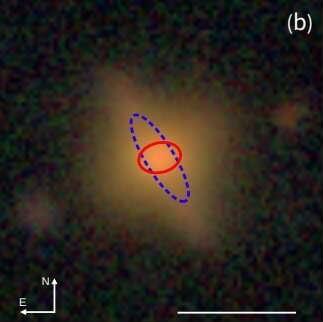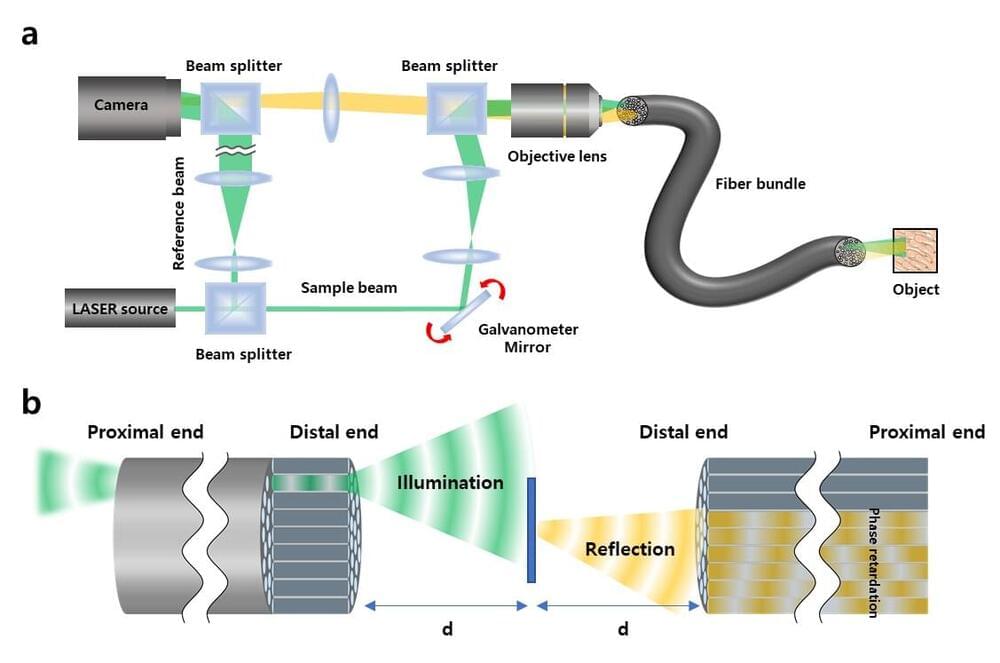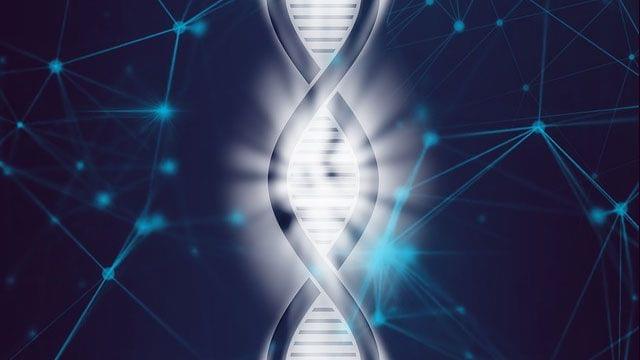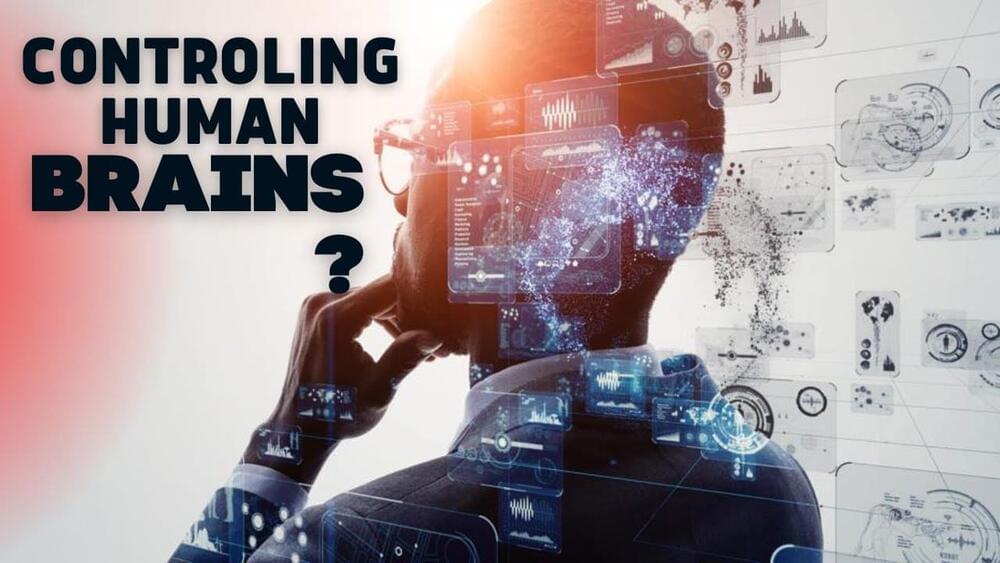Japanese astronomers report the detection of a new polar ring galaxy using the data obtained with the Subaru Telescope as part of the Hyper Suprime-Cam Subaru Strategic Program (HSC-SSP). The discovery was detailed in a paper published August 26 on the arXiv pre-print server.
The so-called polar ring galaxies (PRGs) are systems composed of an S0-like galaxy and a polar ring, which remain separate for billions of years. In general, these outer polar rings, composed of gas and stars, are aligned roughly in a perpendicular orientation with respect to the major axis of the central host galaxy.
However, although more than 400 PRG candidates have been discovered to date, only dozens of them have been confirmed as real polar ring galaxies by follow-up spectroscopic observations.









